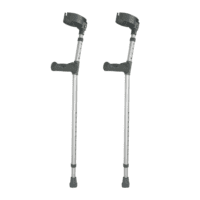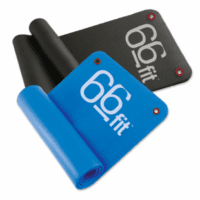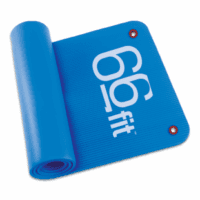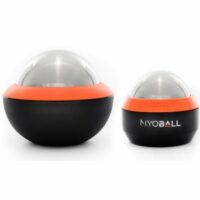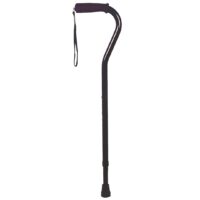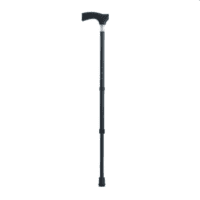Article by John Miller

Hip Pain
Experiencing hip pain can significantly impact your daily life, affecting everything from walking to sleeping comfortably. Fortunately, seeking the advice of a skilled physiotherapist can greatly assist in accurately assessing, diagnosing, and focusing treatment on your hip pain.
A physiotherapist can tailor treatment plans to meet your specific needs and goals, ensuring a faster and more effective recovery.
What Causes Hip Pain?
Hip pain is a common complaint among people of all ages. It can stem from a variety of causes, ranging from arthritis and bursitis to sports-related injuries and biomechanical deficits. Understanding these causes is crucial for effective treatment and prevention.
Hip Arthritis
Hip arthritis is a frequent cause of hip pain, especially in the older population. It leads to discomfort and functional limitations.
- Understanding Hip Arthritis: Discover how hip arthritis affects your mobility and quality of life.
- Hip Replacement Therapy: Information on recovery and physiotherapy post-hip replacement.
Trochanteric Bursitis and GTPS
Trochanteric bursitis and Greater Trochanteric Pain Syndrome are significant causes of hip pain, characterised by inflammation and discomfort.
- Understanding Trochanteric Bursitis: An overview of symptoms and treatment options.
- GTPS Explained: Insight into Greater Trochanteric Pain Syndrome.
- Relieving Bursitis Pain: Effective strategies for managing bursitis pain.
Sporting Hip Issues
Athletes and active individuals often face hip pain due to sports-related activities. Understanding these issues is key to prevention and treatment.
- Hip Labral Injuries: Strategies to avoid a common hip injury in sports.
- Treating Hip Flexor Pain: Effective treatments for sports-related hip flexor pain.
- Biomechanics of FAIS Pain: How biomechanics influence hip pain and how to address them.
What to Do Next
If you’re struggling with hip pain, the next step is to consult with a physiotherapist who can provide a comprehensive assessment and tailored treatment plan. For professional advice and to book an appointment, visit the PhysioWorks Booking Page.
By addressing hip pain with professional guidance, you can achieve relief, improve your mobility, and return to your daily activities with confidence.








